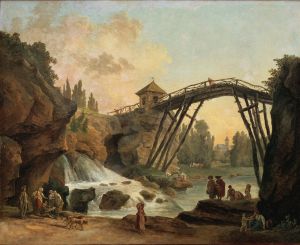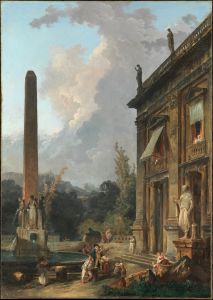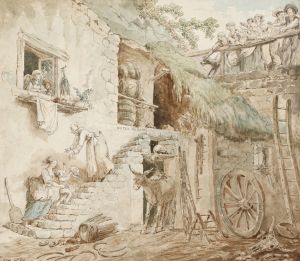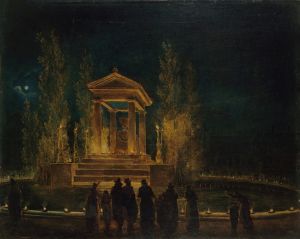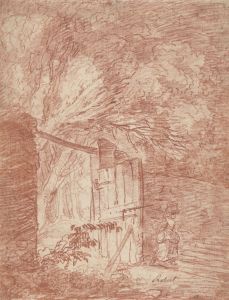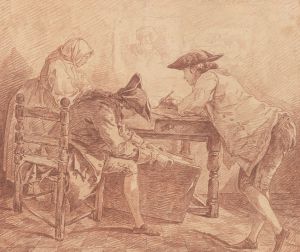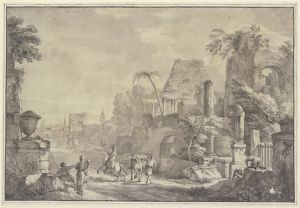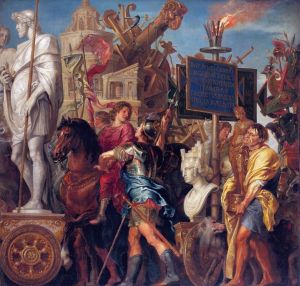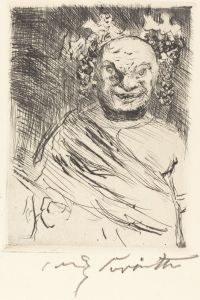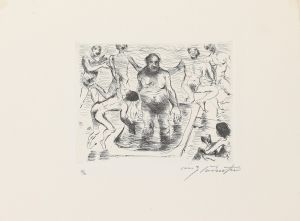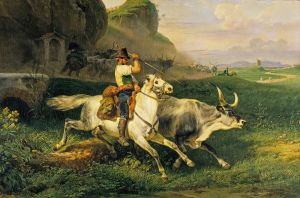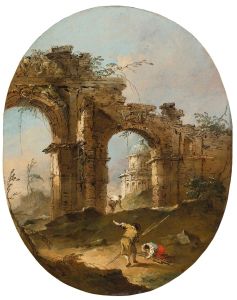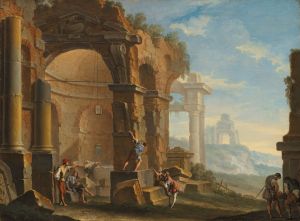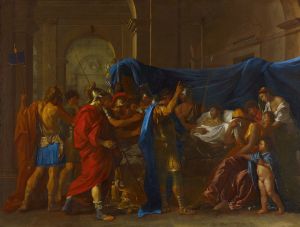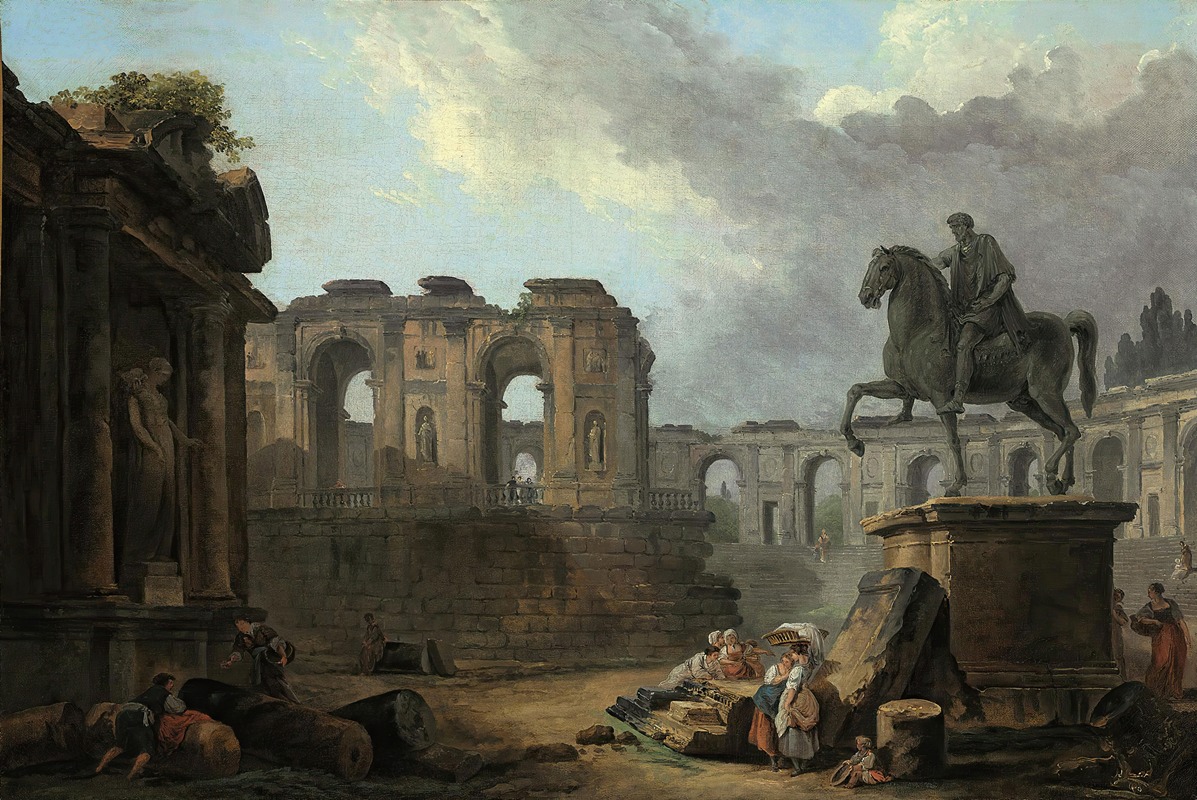
A Roman capriccio with washerwomen by the Statue of Marcus Aurelius
A hand-painted replica of Hubert Robert’s masterpiece A Roman capriccio with washerwomen by the Statue of Marcus Aurelius, meticulously crafted by professional artists to capture the true essence of the original. Each piece is created with museum-quality canvas and rare mineral pigments, carefully painted by experienced artists with delicate brushstrokes and rich, layered colors to perfectly recreate the texture of the original artwork. Unlike machine-printed reproductions, this hand-painted version brings the painting to life, infused with the artist’s emotions and skill in every stroke. Whether for personal collection or home decoration, it instantly elevates the artistic atmosphere of any space.
"A Roman Capriccio with Washerwomen by the Statue of Marcus Aurelius" is a painting by the French artist Hubert Robert, a prominent figure of the 18th century known for his depictions of architectural ruins and imaginative landscapes. The artwork exemplifies Robert's signature style, blending real and imagined elements to create a capriccio, a term used to describe a fanciful or idealized composition.
The painting features a group of washerwomen engaged in their daily labor, set against a backdrop that includes the equestrian statue of Marcus Aurelius. This statue, a celebrated example of ancient Roman bronze sculpture, is one of the few surviving equestrian statues from antiquity and was historically located in the Piazza del Campidoglio in Rome. In Robert's work, the statue is placed within a fictionalized setting, surrounded by classical ruins and architectural elements that evoke the grandeur of ancient Rome.
Hubert Robert was deeply influenced by his time in Italy, where he studied from 1754 to 1765 as part of his training at the French Academy in Rome. During this period, he developed a fascination with Roman antiquities and the picturesque decay of ancient structures, which became recurring themes in his art. His ability to combine historical accuracy with imaginative reconstruction earned him the nickname "Robert des Ruines" (Robert of the Ruins).
The painting reflects the 18th-century European fascination with the classical past and the romanticization of ruins. It also demonstrates Robert's skill in creating atmospheric effects, as seen in the interplay of light and shadow that enhances the sense of depth and drama in the composition. The inclusion of everyday figures, such as the washerwomen, adds a human element to the scene, grounding the fantastical setting in a semblance of reality.
"A Roman Capriccio with Washerwomen by the Statue of Marcus Aurelius" is an example of Robert's ability to merge historical references with artistic imagination, offering viewers a glimpse into an idealized vision of Rome that celebrates both its ancient heritage and its enduring allure. The painting is a testament to Robert's role in shaping the 18th-century European aesthetic of the sublime and the picturesque.





